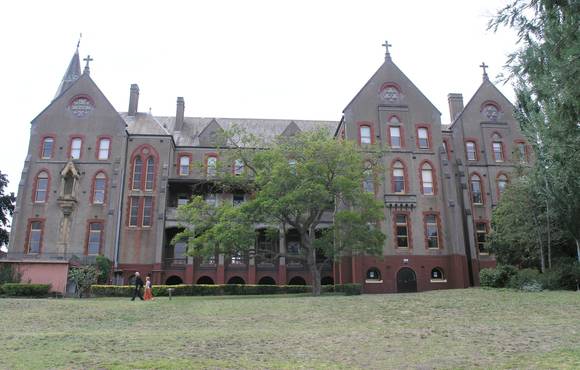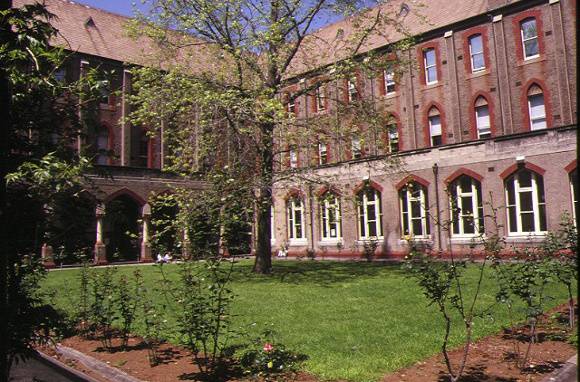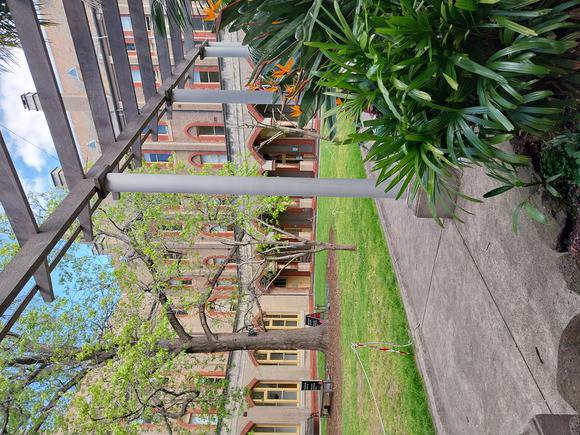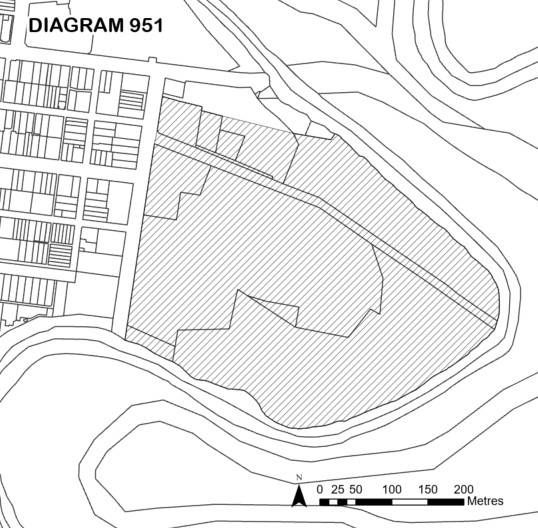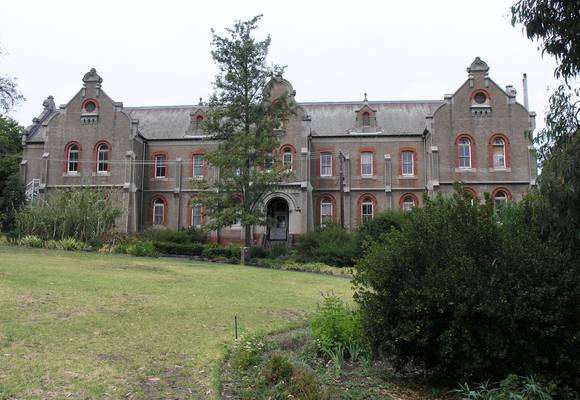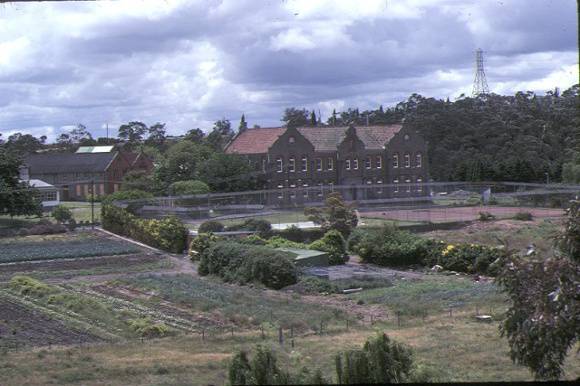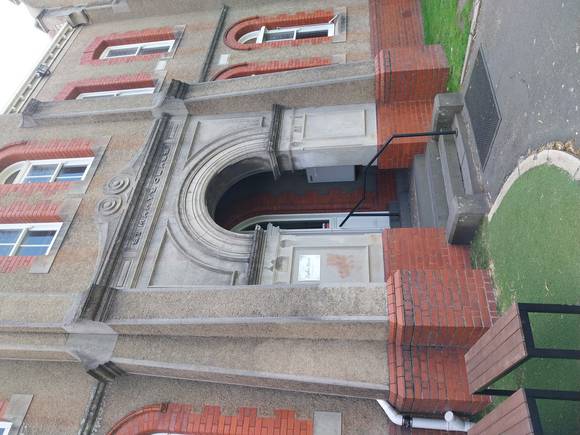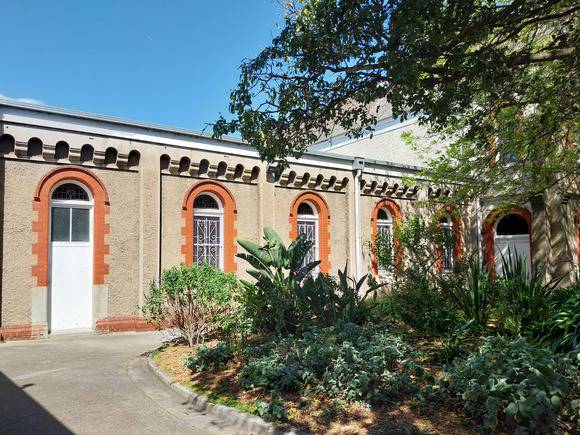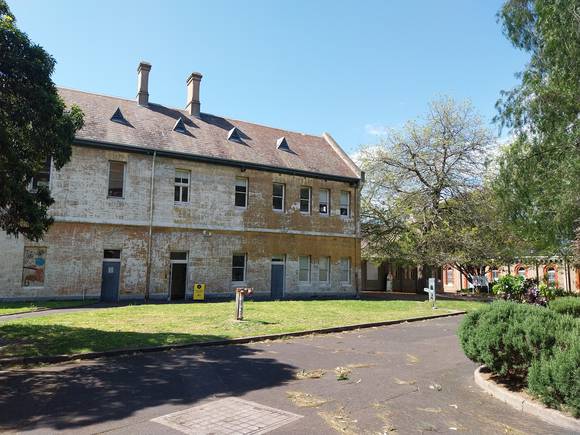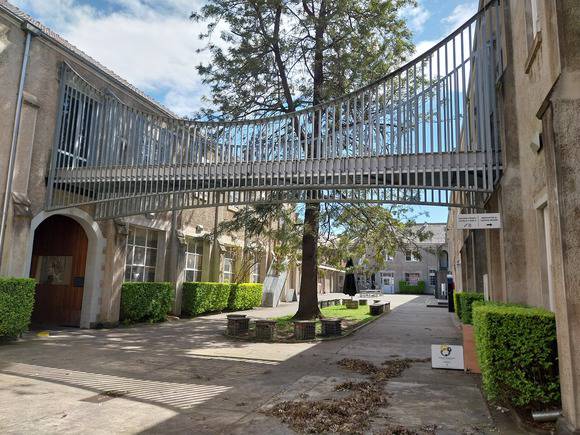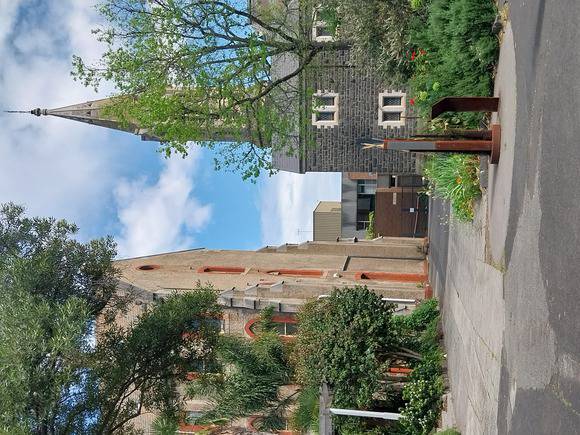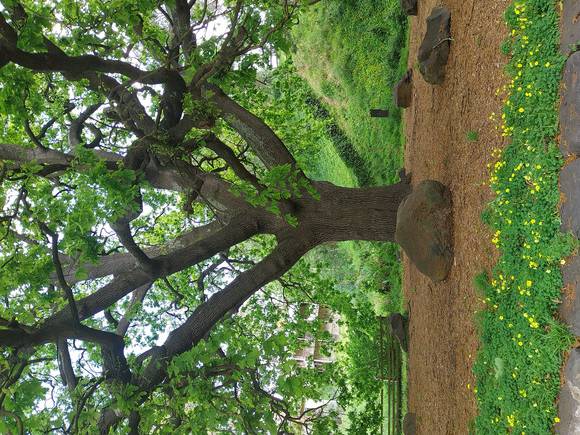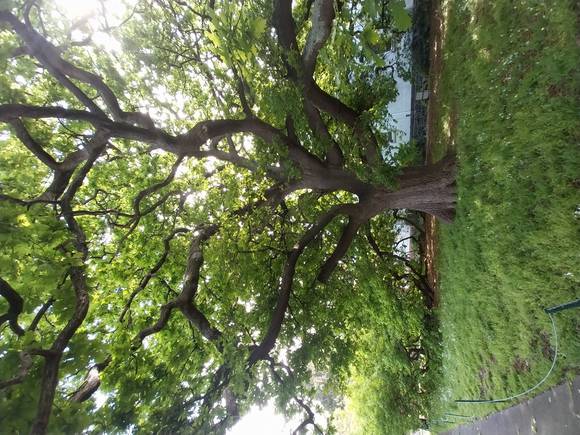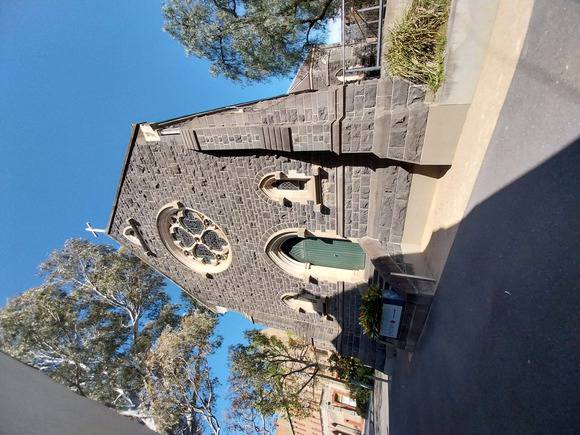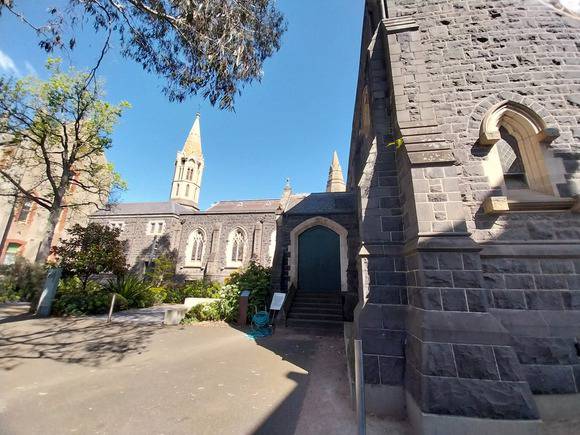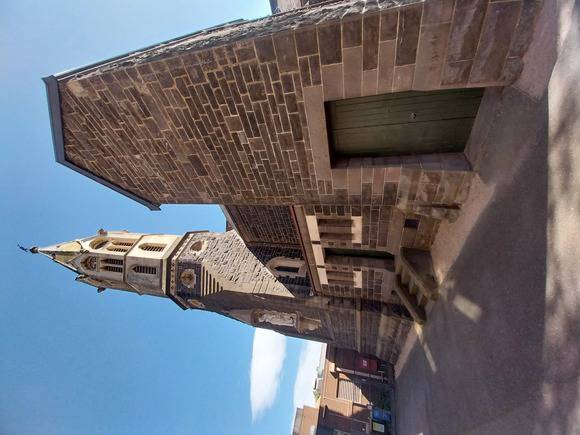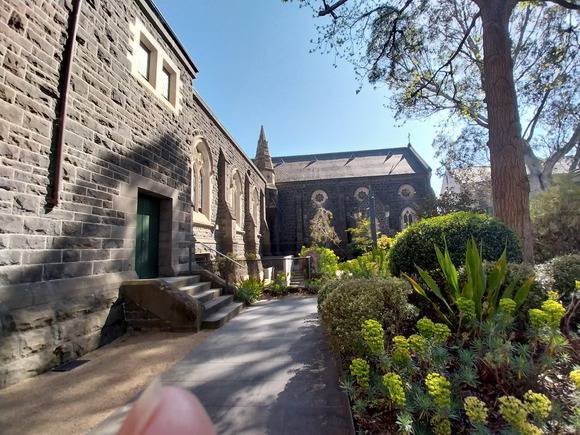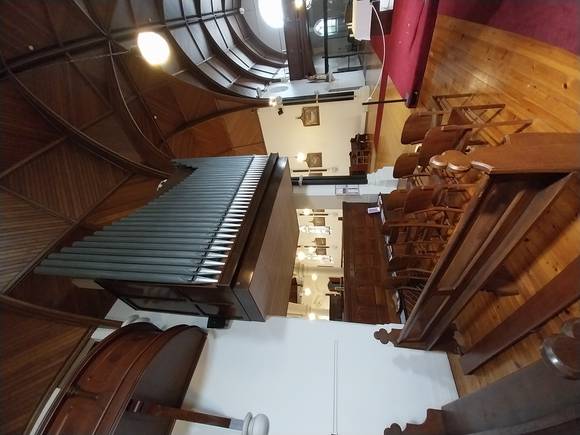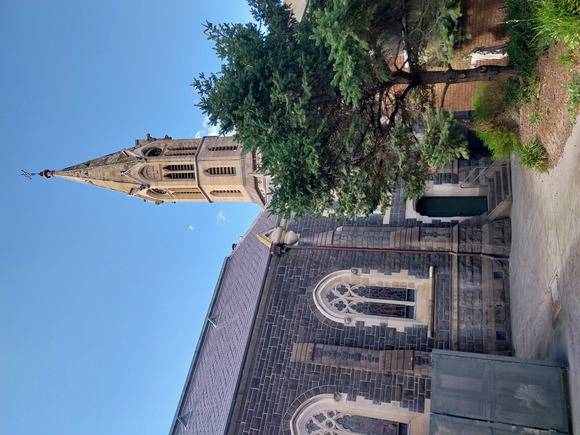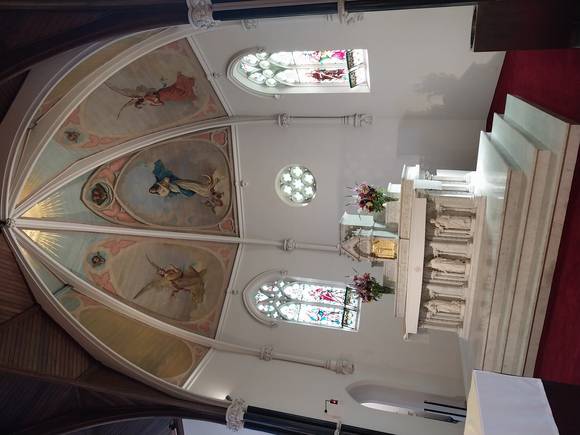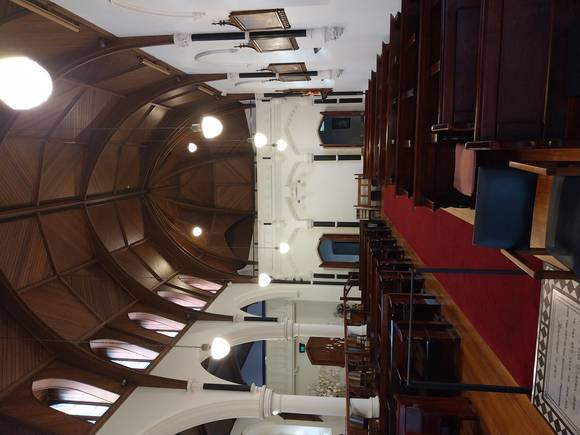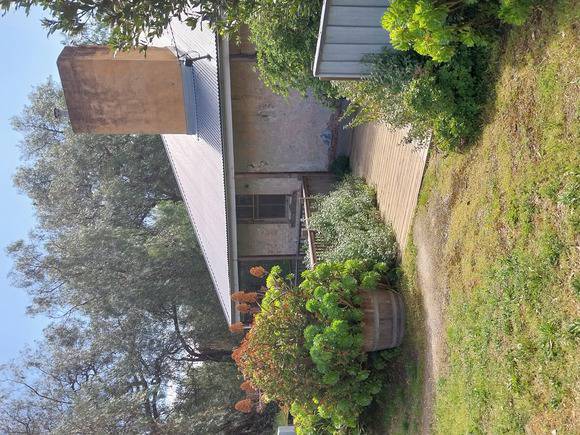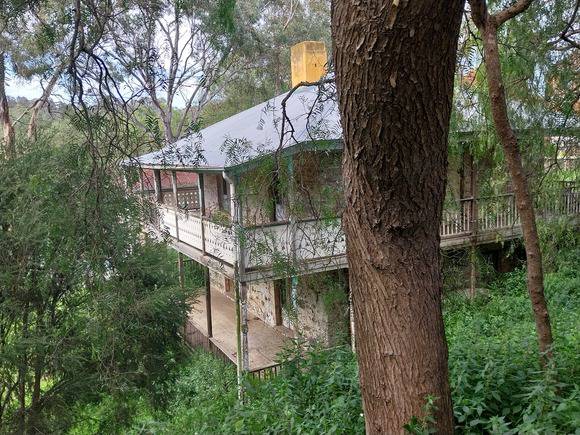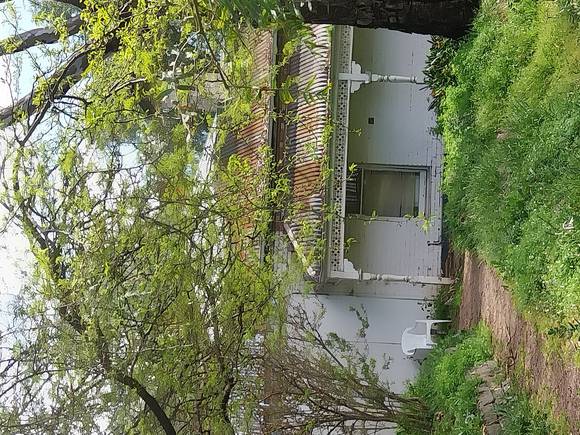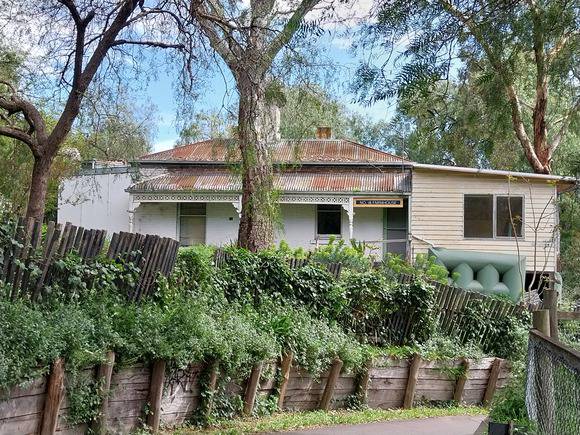| Back to search results » | Back to search page » |
|
ABBOTSFORD CONVENT
Statement of Significance
What is significant?
The Abbotsford Convent (former Convent of the Good Shepherd) is a large and architecturally distinctive example of a Catholic convent complex. The complex was constructed during the late nineteenth and early twentieth centuries in a rural setting on a bend of the Yarra River. It includes ecclesiastical, residential, educational and utilitarian buildings, designed by architects Thomas Kelly and later, William B Tappin, of the firm Reed Smart and Tappin.
The place reflects the lengthy occupation of the site by the Sisters of the Good Shepherd, and includes simple functional structures and notable architectural compositions including the Kreitmeyer House (c.1853) and another residence (c.1850s) which are the earliest structures on the site and predate its use by the Sisters of the Good Shepherd; the Cemetery (1866); the Sacred Heart complex (Magdalen Asylum) consists of the two-storey brick Industrial School for neglected children (1867), the Sacred Heart building (1877), the North and South Laundries (1920-1926 and 1907 respectively), St Anne's (1905) which completed the enclosure of the Magdalen Asylum courtyard, and Rosina (1908), designed in the Baroque Revival style; the remains of the 1870s convent walls; the Convent Chapel (1872); St Euphrasia's Convent Day School (c.1878); Mercator (c1887) the main laundry building; Providence (c.1887) built as school accommodation; the Convent (c.1902); St Mary's Preservation Class (1910) also in the Baroque Revival style, and the Junior School (c.1935).
To the south of the convent is a picturesque garden with a central lawn and surrounded by shrubberies, a timber rotunda, curved paths and formal paths lined with elm and oak avenue plantings. The lower garden contains a former orchard area, and to the east is former grazing and farm land. The site retains remnant River Red Gums and vistas to the indigenous bushland of Yarra Bend Park and the Yarra River.
How is it significant?
The Abbotsford Convent is of historical, archaeological, architectural, and aesthetic significance to the State of Victoria. It satisfies the following criterion for inclusion in the Victorian Heritage Register:
Criterion A
Importance to the course, or pattern, of Victoria’s cultural history.
Criterion C
Potential to yield information that will contribute to an understanding of Victoria’s cultural history.
Criterion D
Importance in demonstrating the principal characteristics of a class of cultural places and objects
Criterion E
Importance in exhibiting particular aesthetic characteristics.
Why is it significant?
Abbotsford Convent is historically significant as the only extant former monastic or convent farm surviving in a substantial manner within a city in Australia. It is the site of the largest self-sufficient convent and monastic building and farm complex in the state, with extensive vegetable gardens, orchards and grazing land. The large-scale agricultural operations were remarkable for a city location. The farm and the massive laundry buildings were major symbols of the convent and reflected the objectives of the Good Shepherd Order. (Criterion A)
Abbotsford Convent is historically significant as the birthplace in Australia of the Good Shepherd Order, one of the most important religious orders in the Catholic Church in Victoria. The Convent provided refuge, care and ‘reform’ activities for thousands of women and girls through a variety of welfare, rehabilitation and protection programs during the nineteenth and twentieth centuries. This was the Order’s first convent in Australia and New Zealand, and was the Mother House and Novitiate for the Order in Australasia. (Criterion A)
Abbotsford Convent is historically significant as a demonstration of changing approaches to the institutional care and education of disadvantaged women and children in the nineteenth and twentieth centuries. (Criterion A)
Abbotsford Convent is historically significant for its role during the early years of church-based education after the 1872 Education Act ended state funding to Denominational schools, and the subsequent expansion of church-based education. (Criterion A)
Abbotsford Convent is of archaeological significance for its potential to contain subsurface historical archaeological features, deposits and artefacts associated with the use and occupation of the convent and two of Melbourne's earliest villa estates, Abbotsford House and St Heliers, which occupied this site from the 1840s and the St Josephs Industrial School (1874). (Criterion C)
Abbotsford Convent is architecturally significant as an outstanding example of a nineteenth century religious complex, with buildings constructed in various periods but in a consistent Gothic Revival style, reflecting the contemporary interest in Medievalism and strong influence by the French Mother House. These include the early buildings designed by Thomas Kelly, and those designed in the major building campaign of 1900-1911, mainly by William Tappin, with others by Reed, Smart & Tappin, one of Victoria's major architectural firms of that period. It is significant for the intact interiors, notably in the convent buildings, kitchens and laundries. (Criterion D)
Abbotsford Convent is of aesthetic significance for the architectural cohesion of the complex, for the designed landscape elements and natural attributes,for the bushland vistas, and for its rural setting on the Yarra River, which has been retained despite the development of surrounding areas. It is a key visual landmark in the area, and notable for the views of the site from the Johnston Street Bridge, from the Kew side of the river, and from the Children's farm. Its collection of mature shrubs and trees of considerable age, including two outstanding English Oaks (Quercus robur), a fine Holm Oak (Quercus ilex) remnant River Red Gums (Eucalyptus camaldulensis), some rare plants including Dombeya tiliacea, and Vitex lucens contribute to the place. (Criterion E)
Group
Cemeteries and Burial Sites
Category
Cemetery/Graveyard/Burial Ground


